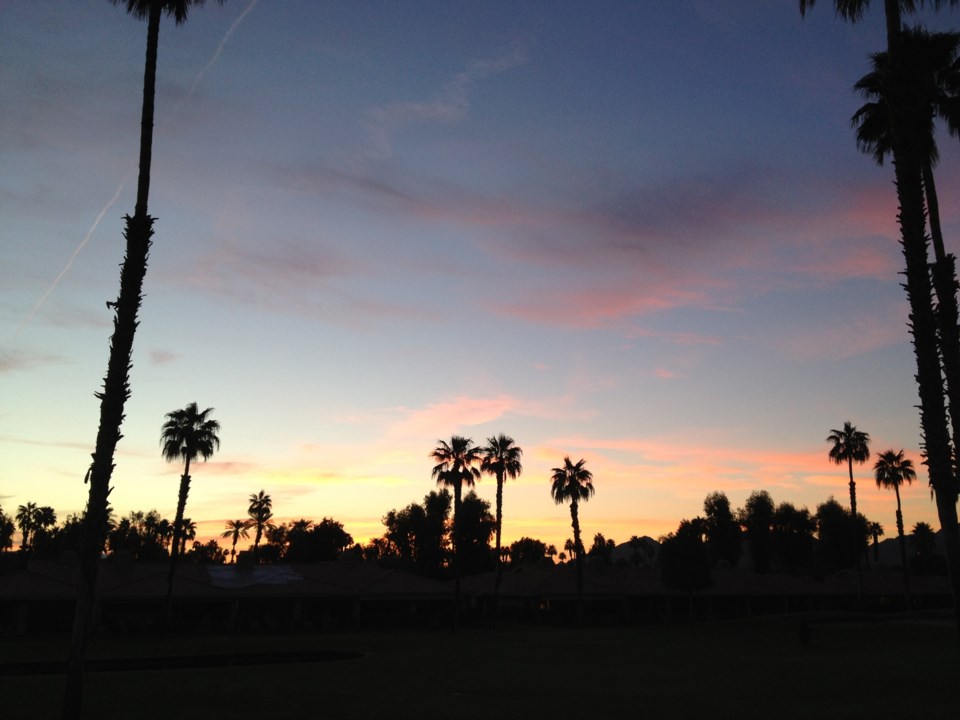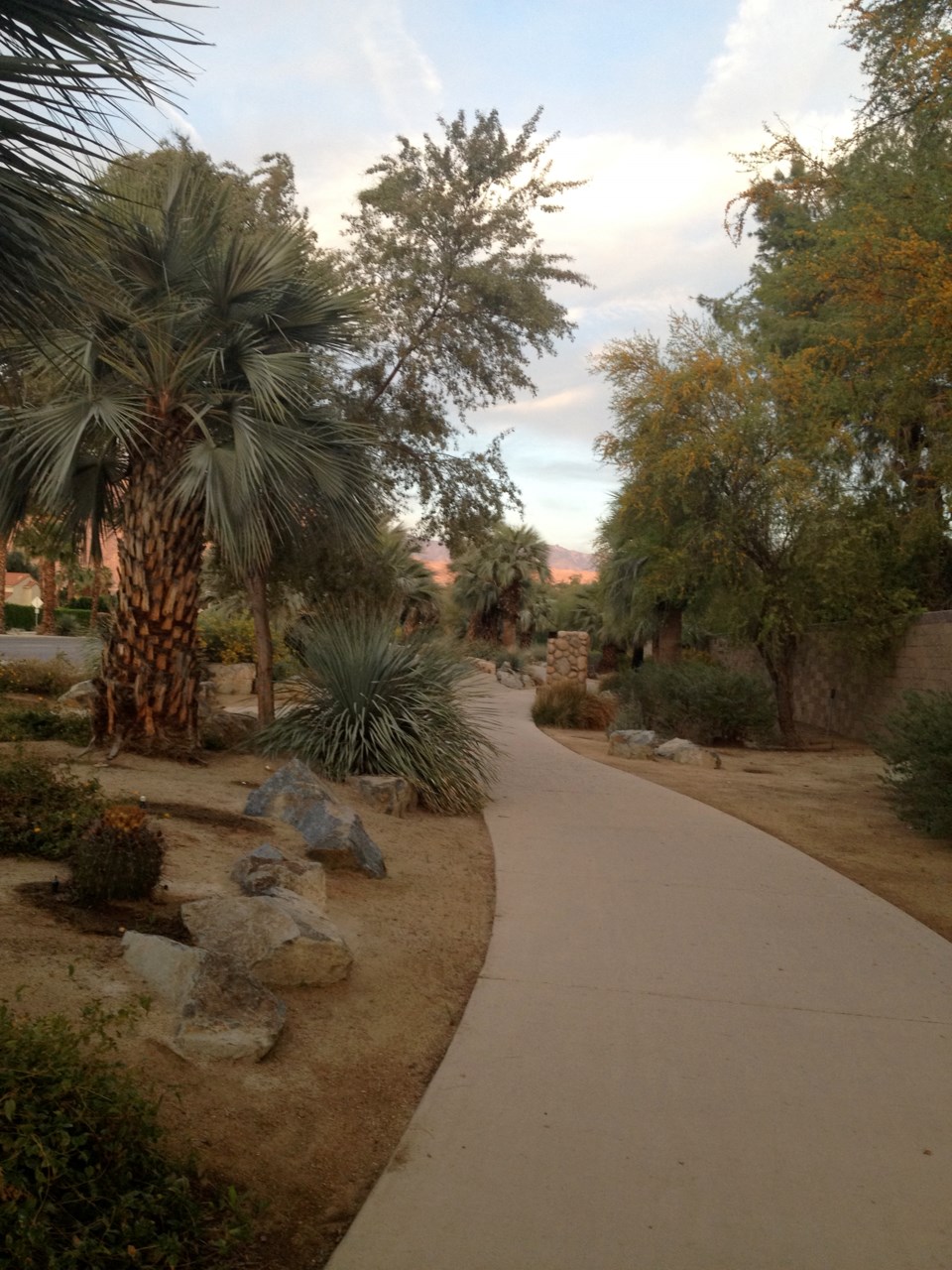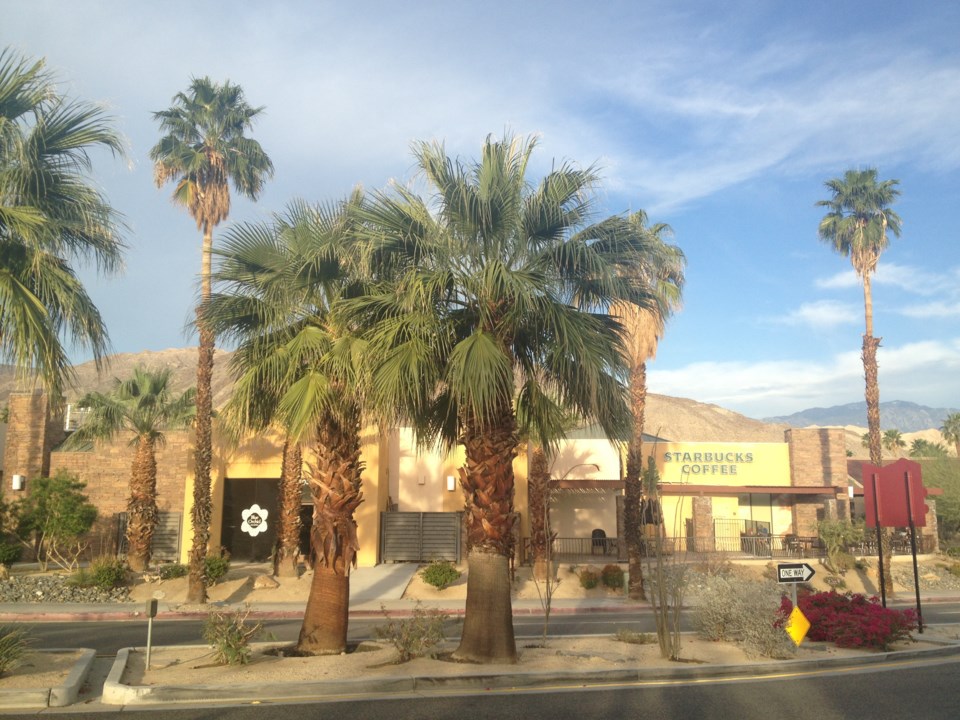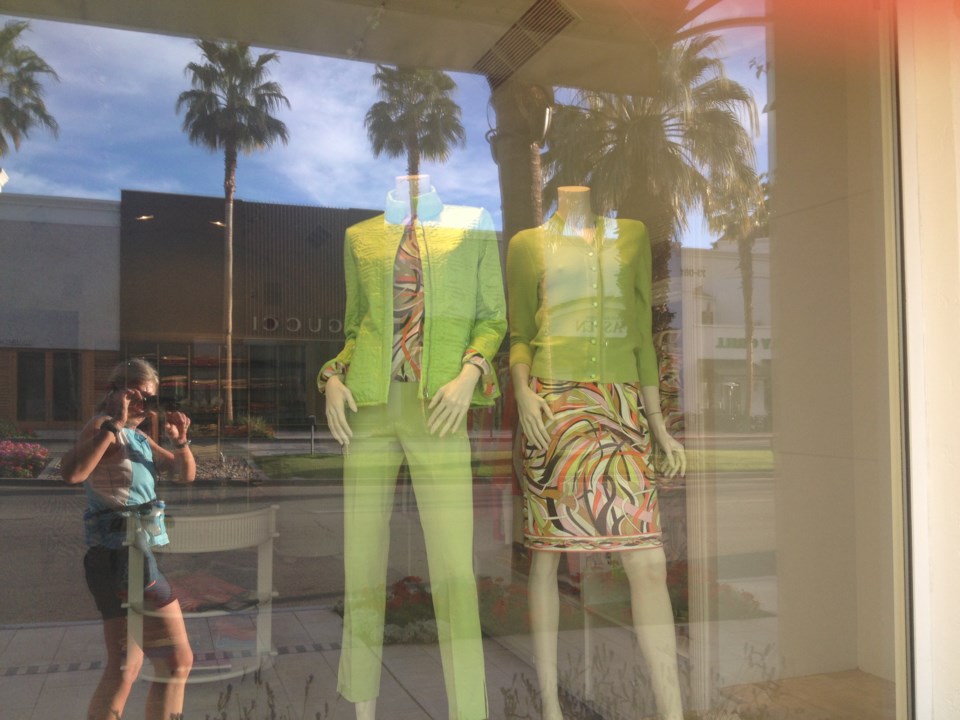The risks of running in extremely hot weather is not something that’s top of mind for runners in Victoria.
We’re more concerned about battling headwinds that reduce our pace to something akin to being on the outside deck of a BC Ferry or weathering rain that leaves us soggy and chilled.
So preparing for an 18K run in Palm Desert had me downloading appropriate songs for my playlist, like this inspirational tune from Johnny Cash:
“A burnin' hot sun a cryin' for water black wings circle the sky Stumblin' and fallin' somebody's callin' you're lost on the desert to die”
I planned to start early in the day but knowing I’d be out there for close to two hours (I’m slow), I figured that I’d be sweating under a 90-F sun soon enough.
Running in the heat is more difficult than running in cooler temperatures. Marathon finishing times rise 1.5 to 3 % for every 10-degree F increase, or three to six minutes for a 3:30 marathon (in my dreams).
The body is dealing with increased dehydration (due to more sweating), a faster heart rate and reduced blood flow to muscles. And perceived effort increases as temperature and humidity increase.
An excellent primer on running in the heat explains further:
While sweating is important to cool the body, the loss of even two percent of body weight due to fluid loss results in a four-to- six-per cent decrease in perpormance. And as the heat and humidity rises, so does your body’s attempts to cool itself. As you sweat, your blood volume thins, returning less blood to your heart and lungs to get enriched with more oxygen for your muscles.Also, both heat and humidity increase the heart rate, at 75 to 90 F, the heart rate increases up to 10 beats per minute, adding to your perceived effort.
I’m not an elite athlete training in extreme conditions so I wasn’t worried that my core temperature would rise dangerously or that I wouldn’t qualify for Boston if I didn’t push myself to run as fast as possible.
But I did want to run as well as I could with a sufficient level of effort so that the training run would reap some benefits.
In planning my route, there were a few drawbacks including the fact that tall,  mop-headed palm trees don’t create any shade on city sidewalks.
mop-headed palm trees don’t create any shade on city sidewalks.
On the plus side, the environs of Palm Springs and Palm Desert are pancake flat, so I needn’t be surprised by unexpected hills.
I tried to do all the right things:
• Plot a route with options to shorten the distance if necessary
• Run in the shade where possible
• Drink sufficient water in the preceding days
• Wear light clothing, preferably white, including lightweight hat
• Lower expectations of speed or distance
• Take walk breaks if necessary
• Watch for signs of heat exhaustion: dizziness, nausea, weakness
I survived, and enjoyed my time in the sun; here are some images from along the way:
My start at first light

Bike trail along a portion of my route, too bad it didn't last for long.

Is it a mirage? Or could it actually be a Starbucks?

Always plan your route for interesting local points of interest.



